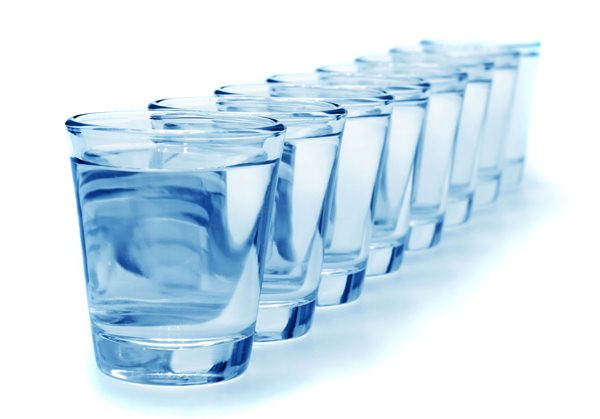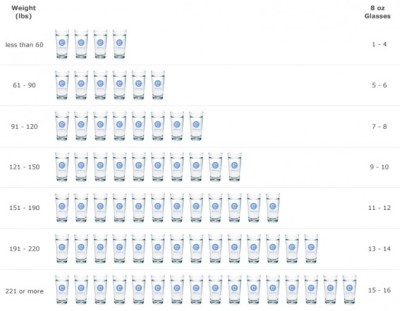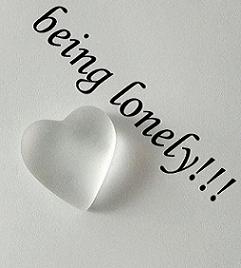
Coffee and soda are typically high in caffeine, which acts as a diuretic that can dehydrate you. Worse yet, sodas, fruit juices, and other sweetened beverages are primary sources of fructose, which will only deteriorate your health.
Ditto for artificially sweetened beverages. So the key is to drink pure water. But just how much water do you need each day? While an oft-repeated guideline says you should drink eight glasses of water a day, this may be too much for some, and not enough for others.
Your water requirement can also vary wildly from day to day depending on a number of factors, such as your activity level and weather conditions.
Fortunately, your body is equipped with a mechanism that tells you when you need to replenish your water supply. It’s called thirst. And there’s also a simple way to gauge whether or not you need to drink more water even though you may not be feeling thirsty.
HOW TO READ THE SIGNS FOR YOUR BODY’S WATER NEEDS
Once your body has lost between one to two percent of its total water content, it will signal its needs by making you feel thirsty. Using thirst as a guide to how much water you need to drink is a good way to ensure your individual needs are met, day-by-day.
However, by the time your thirst mechanism kicks in you may already be a bit dehydrated. Most studies show that about 2/3 of us are dehydrated and need to drink more water.
This is particularly true for the elderly. Therefore, it’s also wise to learn some of the other, more subtle, signals your body sends, indicating you need to drink more water. As noted in the featured article,1 this includes:
Fatigue and/or mood swings
Hunger even though you’ve recently eaten
Back or joint aches
Dull, dry skin and/or pronounced wrinkles
Infrequent urination; dark, concentrated urine, and/or constipation
THE COLOR OF YOUR URINE IS AN IMPORTANT MARKER
Besides listening to your thirst, a good rule of thumb is to look at the color of your urine. You should be drinking enough water to turn your urine a light-colored yellow.
Dark-colored urine is a sign that your kidneys are retaining fluids in order to maintain your bodily functions, which includes detoxification. As a result, your urine will seem highly concentrated and dark in color. You may also urinate less frequently, for the same reason.
Since your thirst mechanism tends to become less efficient with age, older adults need to pay more careful attention to the color of their urine to ensure adequate water intake.
Bear in mind that riboflavin (vitamin B2, which is also found in most multi-vitamins) will turn your urine a bright, almost fluorescent yellow. So if you’re taking supplements containing B2, it may be more difficult to judge by the color of your urine.
Frequency of urination can also be used to judge your water intake. A healthy person urinates on average about seven or eight times a day. If your urine is scant or if you haven’t urinated in several hours, that too is an indication that you’re not drinking enough.
SYMPTOMS OF CHRONIC DEHYDRATION
The primary symptoms of dehydration are: thirst, dry skin, dark colored urine, and fatigue. But there are also a number of commonly overlooked symptoms that may suggest you’re suffering from more or lesschronic dehydration. Such symptoms include:
Digestive disturbances such as heartburn and constipation
Confusion and/or anxiety
Urinary tract infections
Premature aging
High cholesterol
DEHYDRATION IS A COMMON PROBLEM AMONG THE ELDERLY
According to recent research, one in five seniors does not get enough water on a daily basis. Among those who do not have a caretaker, that number is even higher—one in four. And seniors with dementia are six times more likely to be dehydrated.




